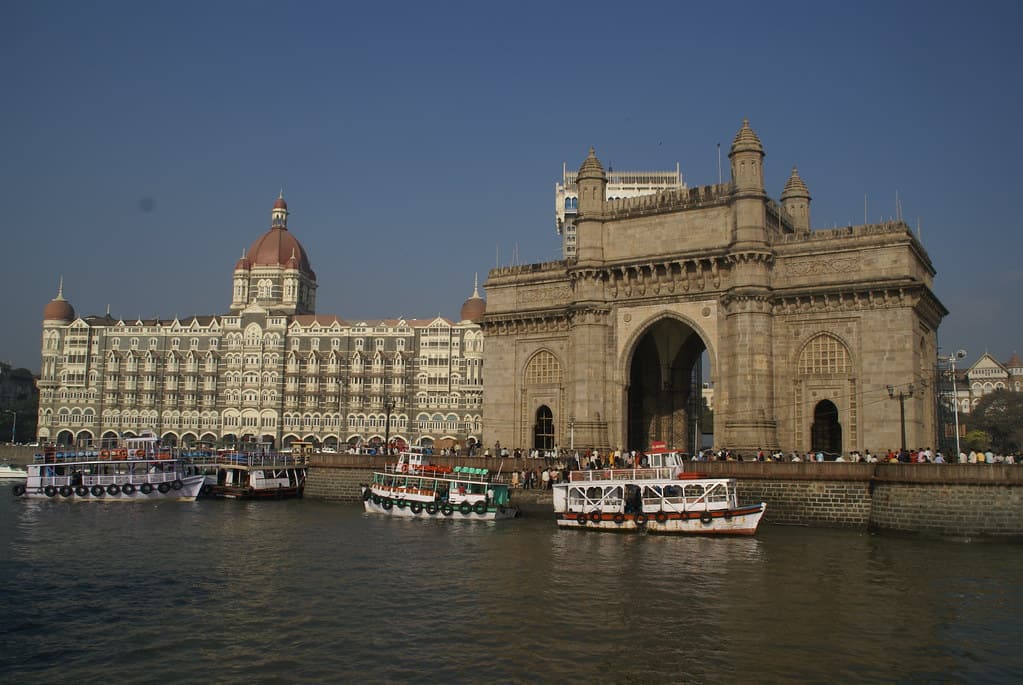
Also Known As Bombay
Mumbai is the wealthiest city in India, but I’ve been told that half of its residents live in slums. In fact, a 15-minute subway ride will get you from one of the largest and most populous slums in the world to the most expensive house in the world, a 27-story behemoth with a price tag of more than $1 billion.
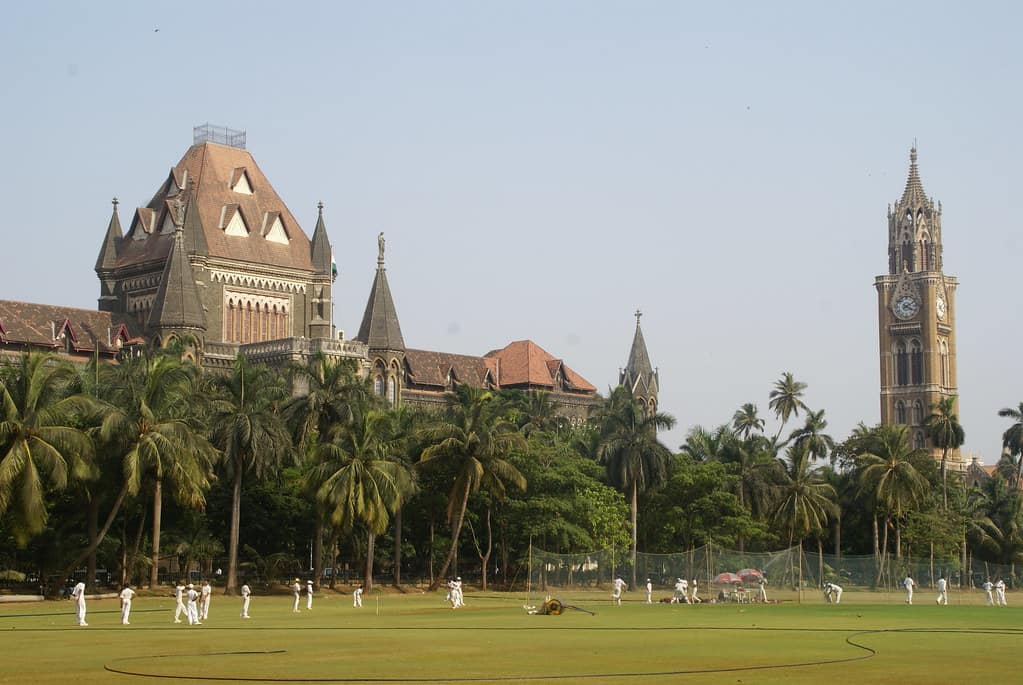
Many visitors stay in South Mumbai, which is home to some of the most magnificent colonial-era structures in the entire world as well as an equally impressive Art Deco heritage. Mumbai, second only to Miami in terms of the number of Art Deco structures, surprised me.
My favorite Indian city, Mumbai, is somewhere I’d love to return to time and time again.
Mumbai is the love of Maharashtra, looking out over the azure waters of the Arabian Sea, the city of stars. In the midst of its multicultural population, there is still a world connected to a rich past that can unquestionably win anyone’s heart.
A land of contrast, Mumbai is adorned with colonial architecture on one side and houses one of Asia’s largest slums on the other. Attractions in Mumbai range from holy sites to frequently crowded beaches, colorful bazaars to happening nightlife, and sky scrapers to high-end hotels.
Mumbai is an obvious choice for a vacation spot.
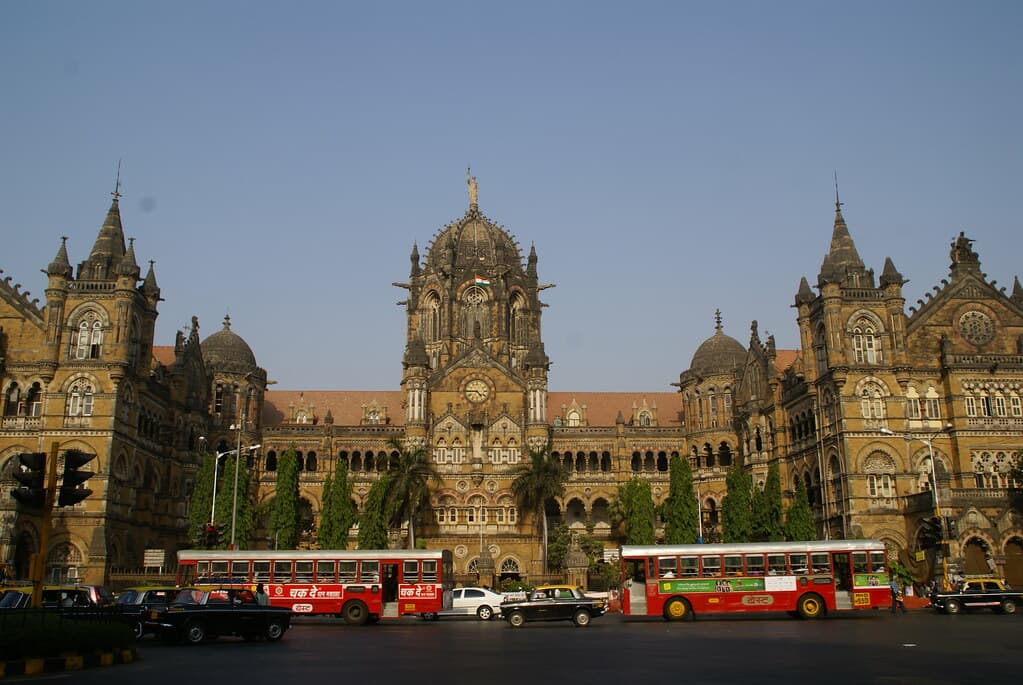
The city was formerly known as Bombay, and its new name is derived from the local Mumbadevi deity. Influences from the Portuguese, British, and Maratha peoples have influenced the creation of art, architecture, and demographics.
Mumbai’s architecture is rich in variety and substance with its mixture of colonial-style buildings, Soviet-style offices, Dutch roofing, German gable, Romanesque arches, and Tudor casements. A tour of Mumbai must begin at the once-named Victoria Terminus, now known as Chhatrapati Shivaji Maharaj Terminus.
This Gothic structure features stained glass windows, ornamental turrets, and carved domes that combine elements of Hindu, Victorian, and Muslim architecture. A second significant landmark would be The Taj Mahal Palace, which boasts a distinctive fusion of Renaissance and aesthetically pleasing Islamic architecture and is credited to Sir J. N Tata will make fun of the snobbish British.
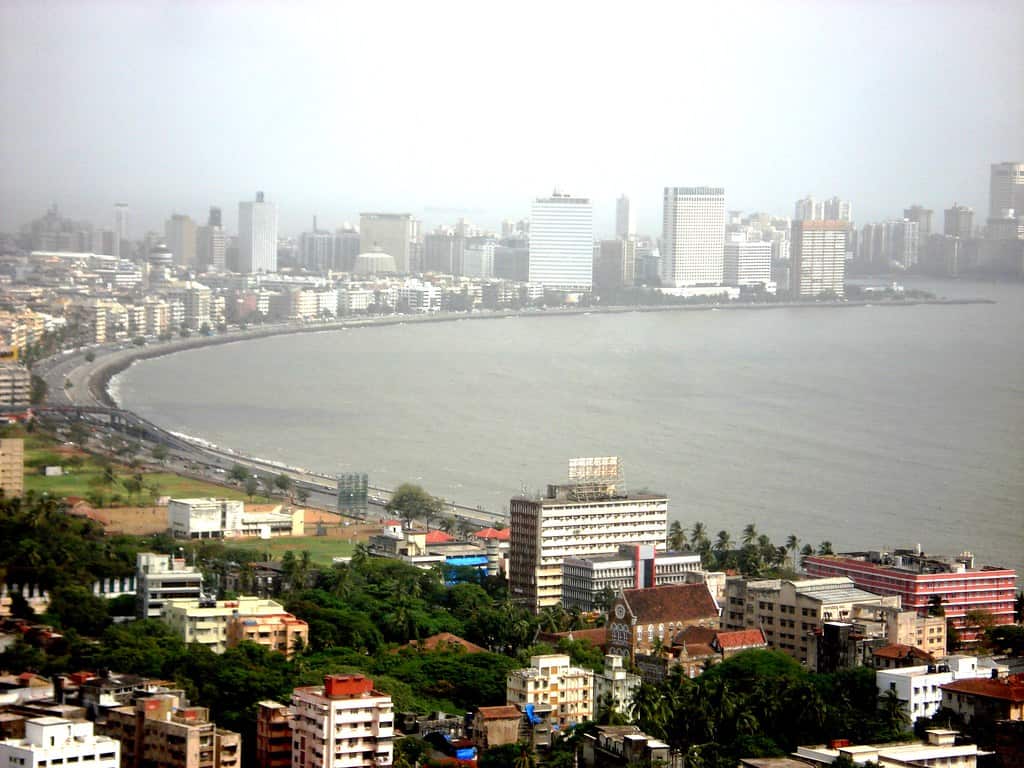
Treasured collections of figurines, paintings, porcelain, and weapons (which appear rather vicious) are on display at the renowned Chhatrapati Museum. Mumbai’s other well-known tourist attractions would continue to be a little away from the Mainland.
A few must-see locations include Madh Island, the magnificent Elephanta Caves, Ajanta, and Ellora Caves. Both art enthusiasts and those who enjoy the outdoors will enjoy a Mumbai tour as a vacation destination. Madh Island, which is a little to the north of Mumbai, is known for its peaceful, quiet beaches, charming fisher folk, and tranquility.
The essence of India is best embodied in Mumbai. It’s sweltering, filthy, crazy, breathtaking, relentless, and motivating!
The gap between the obscenely wealthy and the truly poor is wide in this city, which has the highest population in the nation. However, it functions somehow.
You’ll want to return for more as a result of its infectious wild energy. However, it can be difficult to find your feet when you first enter its whirlwind.
Even just by the smells and sounds, if this is the first place you land in India, it will knock you for six. To ensure that you can participate in the action, it is wise to know where to go.
The city is hugely dispersed, but there are a few key locations you must visit to make the most of your stay.
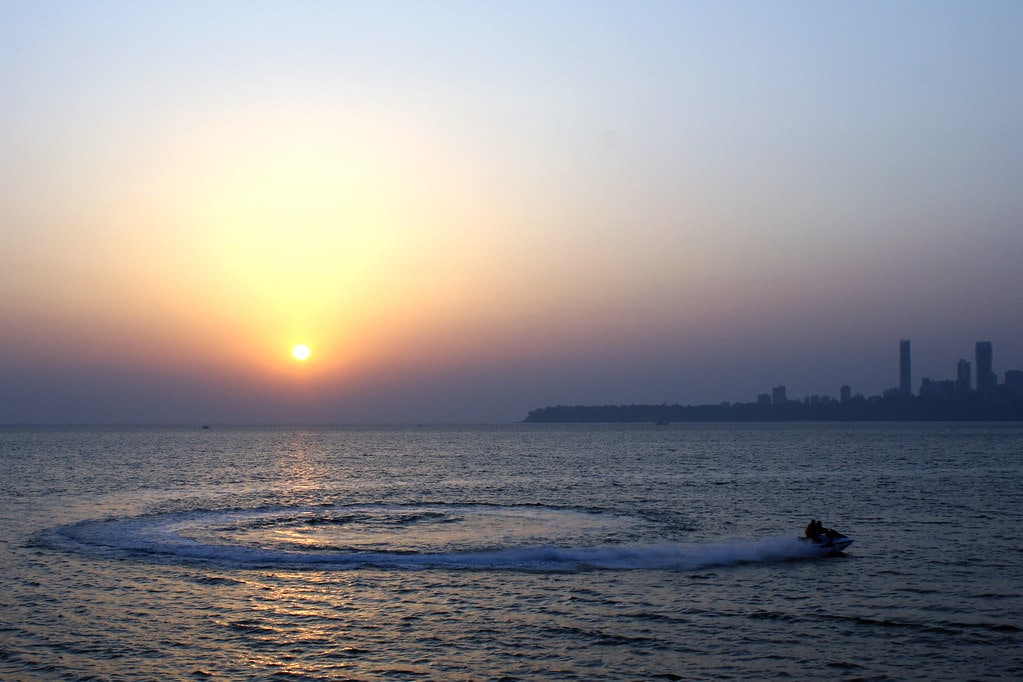
History
Mumbai was originally made up of seven islands that were home to a few Koli fishing villages. Sultan Bahadur of Ahmedabad granted the Portuguese a land grant in 1534, and the Portuguese Infanta Catherine of Braganza gave it to the English as part of her dowry when she wed Charles II in 1661. The East India Company, based in Surat to the north, became interested in Bombay due to its safe harbor and advantageous location for trade, and in 1668 a deal was made under which they agreed to lease Bombay from Charles for a pittance.
However, life was not easy for the English because many of the early settlers died from “fluxes” (dysentery), “Chinese death” (cholera), and other diseases, leading the colony’s chaplain to declare that “two monsoons are the age of a man.”. However, the city managed to establish itself as the center of the thriving East India Company, drawing a wide variety of settlers, including Goans, Gujarati traders, Muslim weavers, and the commercially astute Zoroastrian Parsis.
The great Bombay cotton boom, which was fueled by the export crisis in America after the Civil War, helped to establish Bombay as a major industrial and commercial hub. The Suez Canal’s opening in 1869 and the construction of enormous docks also improved Bombay’s access to European markets, ushering in an era of mercantile self-confidence symbolized by the grand colonial-Gothic structures built under Sir Bartle Frere’s governorship (1862–67).
Bombay, the most affluent city in the country, was at the forefront of the Independence movement; Mahatma Gandhi used a house here, which is now a museum, to organize the movement over a three-decade period. When the last group of British troops passed through the Gateway of India in February 1948, it was only fitting that the first British colony enjoyed waving the last goodbye to the Raj. The population of Mumbai has increased tenfold to more than sixteen million since India gained its independence, but the modern city has also been beset by a deadly brew of racial tension and terrorist attacks.
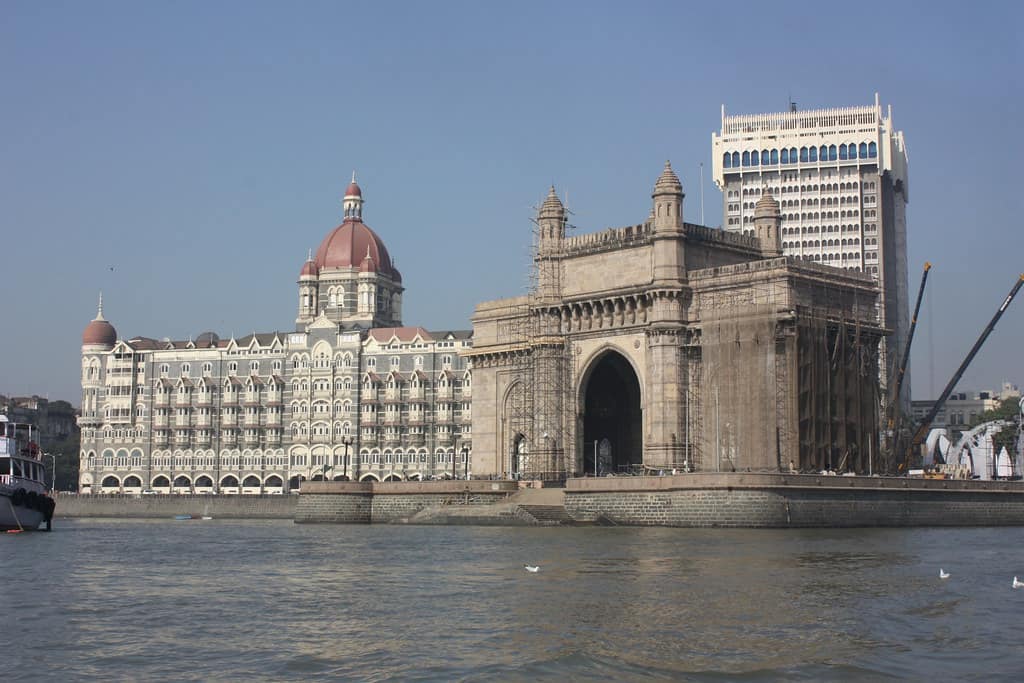
The Shiv Sena, a radical right-wing Maharashtrian party founded in 1966 by Bal Thackeray, whose death and cremation in 2012 brought the state to a standstill, has grown in popularity due to tensions caused by the country’s growing immigrant population and the resulting overcrowding. Following the destruction of the Babri Masjid in Ayodhya in 1992–1993, Hindu mobs murdered thousands of Muslim residents of Mumbai, and in March 1993, ten large-scale retaliatory bombings claimed the lives of 260 people. The Pakistani secret service and Muslim godfather Dawood Ibrahim were suspected of working together, and both men have since been connected to other atrocities.
These include the bombings in August 2003, which resulted in the deaths of 107 tourists near the Gateway of India; the following explosions in July 2006, when seven crowded commuter trains were simultaneously destroyed throughout the city; and, most dramatically, the horrifying attacks of November 26, 2008, when a gang of rampaging gunmen ran amok throughout the city, killing 166 people.
Despite these setbacks, Mumbai has thrived unlike anywhere else in India as a result of the nation’s ongoing economic liberalization. The textiles industry has been replaced by the quickly expanding IT, finance, healthcare, and back-office support sectors after decades of stagnation. To house the wealthy new middle-class workforce, entire suburbs have sprouted, complete with gleaming shopping centers and auto showrooms to drain them of their income.
Still, investments have dried up in socially disadvantaged areas due to corruption in business and politics. Even though high-end apartments in Bandra can sell for half a million dollars or more, six percent of Mumbai’s land is home to an estimated seven to eight million people, or just under fifty percent of the city’s total population. These people live in slums without access to toilets.
Where To Stay
I think the Taj Mahal Palace is the only place you should think about staying.
One of the most famous hotels in the nation, it is also close to the Gateway of India.
This hotel has a very long history. Jamsetji Tata initially constructed the Taj Hotel, which is the chain’s signature building, in 1903.
The titanic Tata Group was founded by this person.
He constructed the location in opposition to the fact that, as an Indian, he was denied access to other cities’ opulent hotels like Watson’s. The rest is history, so the saying goes.
Since it is a 5-star “Heritage Grand” class hotel, many celebrities have passed through its doors over the years. Even John Lennon and Queen Elizabeth II have checked in to enjoy the luxuries, as have Amitabh Bachchan, Barack Obama, and others.
The historic Palace Wing is located in the hotel’s first of two divisions. The heritage apartments and suites are available here for guest accommodations.
The second is their brand-new, cutting-edge tower wing, which offers more reasonably priced options for guests who want to experience “Tajness” without jeopardizing their financial situation!
You won’t regret staying here because the hotel is wall to wall perfection and it’s no secret that the Taj group is unrivaled when it comes to hotel service.
E-VISA
You might need an e-visa and other travel documents to visit Mumbai and India, depending on your nationality. I found that obtaining an e-visa for India was quick and simple.
Best Time To Visit
Mumbai experiences fairly extreme weather. Throughout the year, the temperature doesn’t vary as much, but there are more dry spells and months of exceptionally heavy rain than we’re used to in a country with a similar monsoon pattern, like the Philippines. Because of this, the best time to visit Mumbai is from mid-October to February, when the weather is at its best.
What To Eat
Mumbai is teeming with unique restaurants, from opulent rooftop lounge bars to run-of-the-mill kebab shops. Nearby Kala Ghoda and Fort are home to some of the best cafés and restaurants in the city, including some of the last traditional Parsi diners, whose menus (and occasionally decor as well) have changed little in generations. The cafés, bars, and restaurants of Colaba offer pretty much the full range of options.
The area is well known for its unique street food, particularly bhel puri, a dish made of puffed rice, deep-fried vermicelli, potato, crunchy puri pieces, chilli paste, tamarind water, chopped onions, and coriander. Pao Bhaji, a round Portuguese-style bread roll served on a tin plate with griddle-fried, spicy vegetable stew, and Kanji vada, savory doughnuts soaked in fermented mustard and chilli sauce, are more hygienic but no less common.
And if none of that appeals to you, stop by one of the city’s numerous juice bars. A glass of chilled milk shaken with fresh pineapple, mango, banana, chikoo (a small brown fruit that tastes like a sweet pear), or custard apple is the best way to beat the oppressive heat. Just be certain that they stay on the ice, which might have been made with untreated water.
Places To Visit
The Gateway Of India
This monument’s arch is Mumbai’s most recognizable building, as described. King George V and Queen Mary’s arrival in India in 1911 was commemorated by having it built. It is widely regarded as a symbol of Mumbai and is comparable to the Eiffel Tower in Paris and the Statue of Liberty in New York City.
Though The Gateway is impressive from the ground, I’ve read that it appears even more regal when seen from the Arabian Sea. As the ferry to Elephanta Island departs from Colaba jetty, taking a day trip to the Elephanta Caves is a great way to see the Gateway from the opposite side.
Chhatrapati Shivaji Maharaj Terminus
One of Mumbai’s largest and most impressive examples of Gothic architecture is the Chhatrapati Shivaji Maharaj Terminus, or CSMT for short. The main train station and hub of Mumbai’s extensive metro system is a UNESCO World Heritage Site.
If you live in South Mumbai and intend to travel around by train, it’s likely that you’ll pass this building at least once or twice per day.
Dhobi Ghat
The largest open-air laundry in the world is called Dhobi Ghat. Every day, approximately half a million articles of clothing from residences, hotels, and medical facilities throughout the city are brought here to be washed, dried, and ironed.
FAQs : MUMBAI
How many days are enough for Mumbai?
3 day are enough for Mumbai .
Is Mumbai cheap or expensive?
Mumbai is the most expensive city to live in India.
